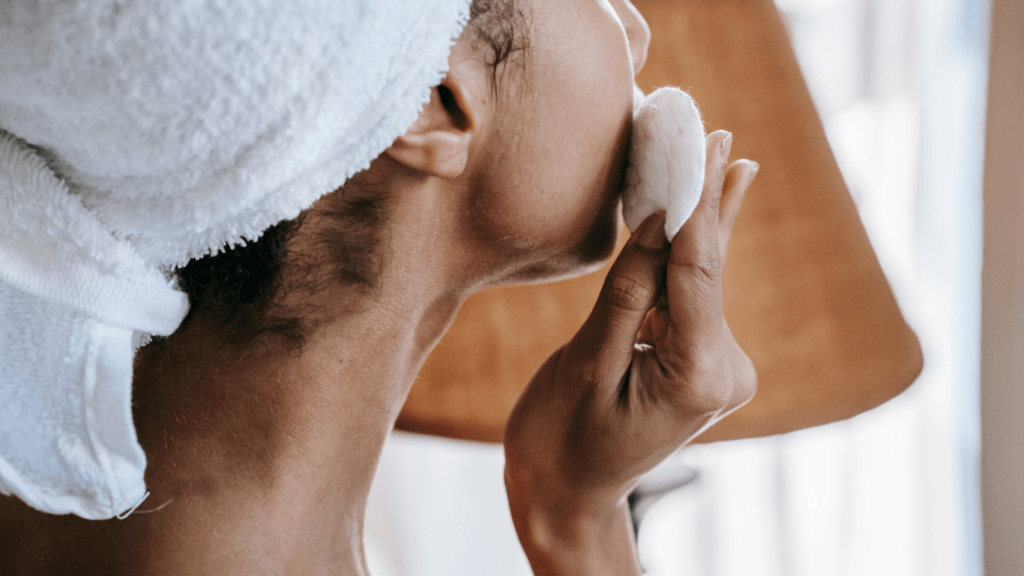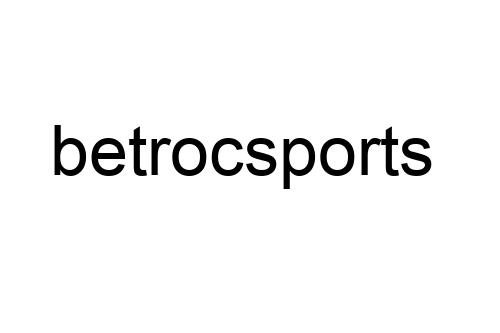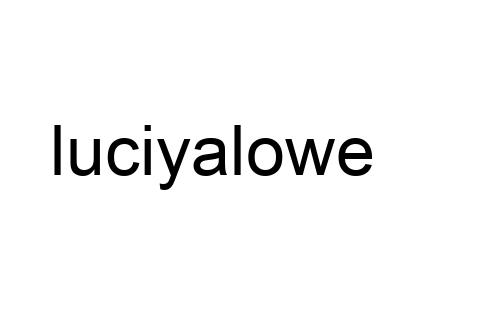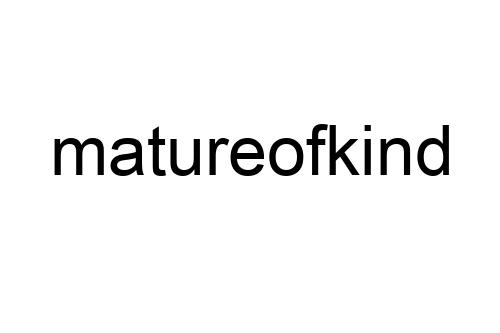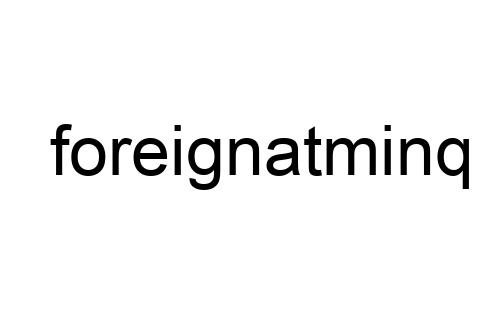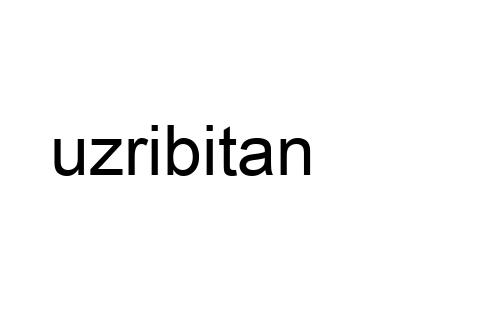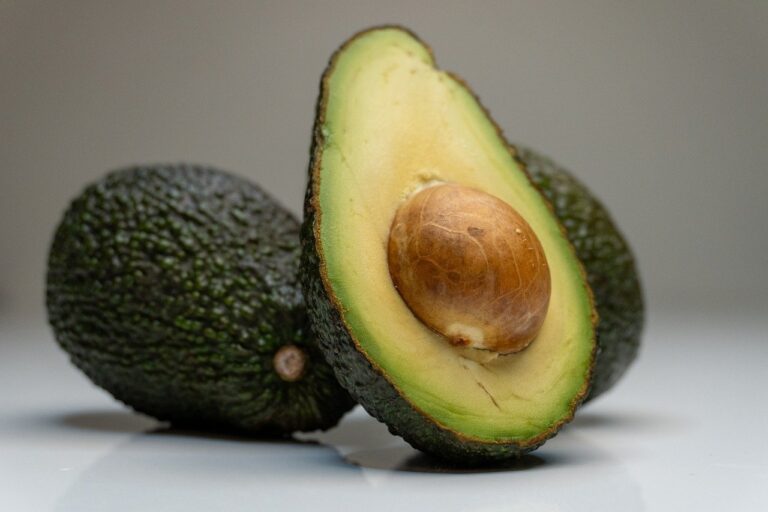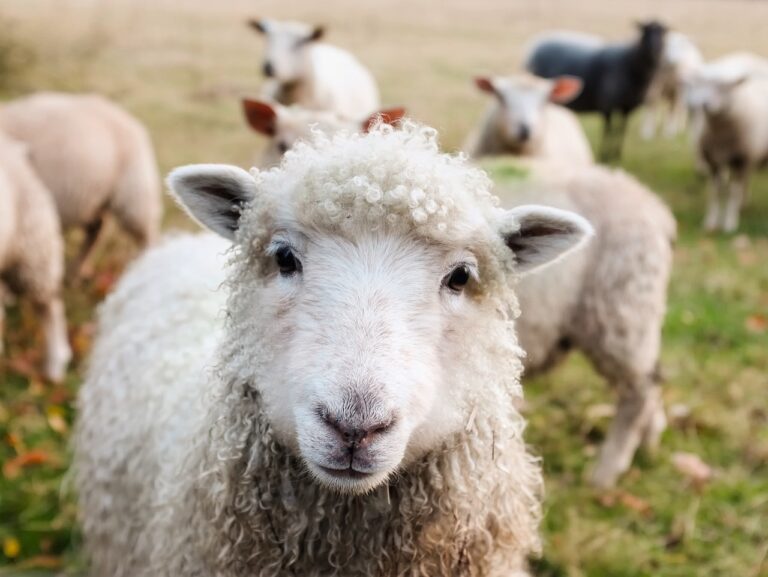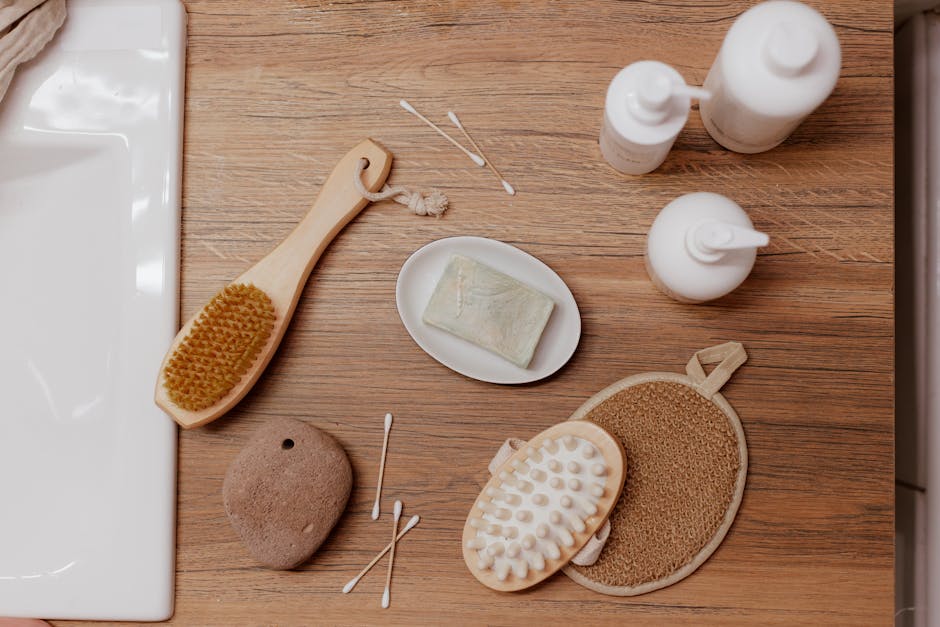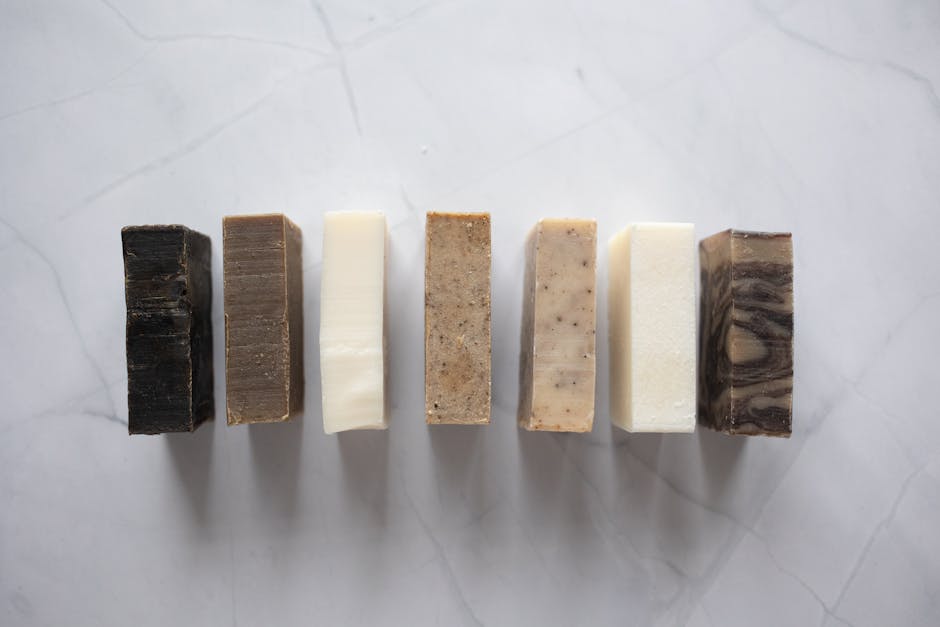Understanding Eco-Friendly Beauty
Creating an eco-friendly beauty routine means making choices that are healthier for both people and the planet.
What Is Eco-Friendly Beauty?
Eco-friendly beauty involves using products that minimize environmental impact. These products prioritize sustainable ingredients, biodegradable packaging, and ethical production practices.
By choosing items with fewer chemicals and more natural elements like botanical extracts and essential oils, I can reduce harmful effects on ecosystems. Brands often focus on reducing carbon footprints and supporting cruelty-free testing.
Why It Matters
Eco-friendly beauty is vital for environmental conservation. Traditional beauty products often contain harmful chemicals that pollute waterways and persist in the environment.
Switching to sustainable options reduces toxic waste, conserving wildlife and habitats. Additionally, by supporting companies committed to ethical sourcing and fair labor practices, consumers help promote global equity and sustainability.
Reducing environmental harm through conscious beauty choices benefits both current and future generations.
Step 1: Assess Your Current Products
To create an eco-friendly beauty routine, the first step is to assess your current products. This process involves understanding what’s in your beauty essentials and how they impact the environment.
Evaluate Ingredients
Examine the ingredient list of each product. Look for harmful chemicals like parabens, sulfates, and phthalates. These substances can cause environmental damage and affect your health.
Favor natural ingredients, like essential oils and plant extracts, which break down more easily in nature. For example, aloe vera or coconut oil are excellent eco-friendly options. Researching ingredients helps you recognize safer, more sustainable alternatives.
Consider Packaging
Check the packaging of your beauty products. Opt for items with minimal packaging and those that use recyclable or biodegradable materials. Plastic containers contribute to pollution and waste, so look for glass, metal, or compostable materials.
Many brands now offer refillable options to reduce single-use packaging. By consciously choosing products with sustainable packaging, you lessen your environmental footprint.
Step 2: Opt for Sustainable Brands
Selecting brands committed to eco-friendly practices can make a significant difference. Making informed choices supports the environment and encourages companies to adopt sustainable practices.
Researching Eco Credentials
To verify a brand’s sustainability, review their eco credentials. Look for certifications like USDA Organic, Fair Trade, and Leaping Bunny. These certifications ensure products meet strict environmental and ethical standards.
For instance, USDA Organic guarantees at least 95% organic ingredients, while Leaping Bunny certifies cruelty-free practices.
Supporting Small Businesses
Choosing small businesses that prioritize sustainability helps foster eco-friendly innovation. Many indie brands focus on minimal packaging, natural ingredients, and ethical sourcing.
Supporting these smaller entities can reduce your environmental footprint and promote responsible beauty practices. Brands like Herbivore Botanicals and Alima Pure exemplify such commitments.
Step 3: Reduce Waste
Reducing waste is crucial for an eco-friendly beauty routine. Focus on minimizing packaging and opting for sustainable practices.
Adopting Refill Options
Refillable products cut down on single-use plastics. Brands like Kjaer Weis and Follain offer refills for skincare and makeup, which helps reduce waste by reusing original containers.
By choosing refill options, I support a circular economy, lessening the environmental impact and promoting sustainable consumption.
DIY Beauty Products

DIY beauty products minimize packaging waste and harmful chemicals. Common ingredients like coconut oil, honey, and essential oils can create effective skincare treatments at home.
For instance, I made a nourishing face mask using avocado and oats, which provided hydration without any packaging waste.
Creating beauty products at home also allows customization to specific skin needs, avoiding the unnecessary additives often found in commercial products.
Step 4: Choose Multi-Use Products
Opting for multi-use products in an eco-friendly beauty routine simplifies the selection process, reduces waste, and saves time.
For example, a tinted moisturizer can serve as both a base and a sunscreen, eliminating the need for separate products. This approach minimizes packaging and ingredient waste.
Incorporating products that perform multiple functions offers both convenience and eco-friendliness. Lip and cheek tints, for instance, provide color for both lips and cheeks in one compact package.
By choosing products with dual purposes, you inevitably use fewer resources, supporting a more sustainable lifestyle.
Consider brands known for multi-purpose items such as RMS Beauty and Ilia, which offer quality products designed to streamline your routine.
These brands focus on creating versatile cosmetics that not only perform well but also align with eco-friendly values, ensuring minimal environmental impact.
Selecting multifunctional beauty items aligns your routine with sustainability goals by reducing waste and supporting environmentally conscious brands.
Step 5: Embrace Minimalism in Your Beauty Routine
Adopt minimalism to simplify your beauty routine and reduce environmental impact. I choose fewer, high-quality products that serve multiple purposes to minimize waste and clutter.
Using versatile items like a tinted moisturizer with SPF, which combines skincare, sun protection, and coverage, cuts down on the number of products I need.
Streamline your beauty regimen by picking products with simpler formulations and limited ingredients. For example, multi-purpose balms can moisturize, heal, and serve as a makeup base.
Brands like RMS Beauty and Bite Beauty provide such minimalist options that align with eco-friendly practices and feature clean ingredients.
Minimize your product stash by adopting a capsule beauty collection. I keep a few essential items that I use regularly and avoid buying unnecessary extras.
For instance, select a neutral eyeshadow palette that suits various looks instead of multiple palettes with similar shades.
Maintain an organized and clutter-free space by reducing the number of beauty products I own. This not only supports eco-friendly practices but also makes my daily routine more efficient.
Focus on quality over quantity to create a sustainable and effective beauty routine.
Step 6: Opt for Cruelty-Free and Vegan Products
Choosing cruelty-free and vegan beauty products supports ethical and eco-friendly practices. Cruelty-free products aren’t tested on animals, making them a more humane option.
Vegan products don’t contain animal-derived ingredients, which promotes sustainability by reducing demand for animal agriculture.
Brands like Urban Decay and Pacifica provide extensive cruelty-free and vegan options. These products meet ethical standards without compromising quality. Look for certifications such as the Leaping Bunny logo or PETA’s cruelty-free symbol to ensure products are genuinely cruelty-free.
Transitioning to vegan and cruelty-free products can also benefit your skin. Many of these products use natural, plant-based ingredients which are often gentler on the skin. Ingredients like aloe vera, shea butter, and essential oils offer hydration and nourishment without harsh chemicals.
Creating an eco-friendly beauty routine includes being conscious of the ethical implications of product choices. Opting for cruelty-free and vegan alternatives aligns with sustainable values, reducing harm to animals and supporting an ethical industry.
Step 7: Incorporate Natural Ingredients
Incorporating natural ingredients into your beauty routine ensures a healthier approach. Natural elements help minimize harmful chemicals and boost skin vitality.
Benefits of Natural Ingredients
Using natural ingredients provides multiple advantages. These elements tend to be gentler on the skin, reducing irritation and allergic reactions. Antioxidants in natural substances, like vitamin C in citrus fruits, protect skin from damage and aging.
They often contain fewer synthetic chemicals, making them safer for long-term use. Examples include :
- rosehip oil for hydration
- tea tree oil for acne
- shea butter for moisture
How to Source Them Ethically
Ethically sourcing natural ingredients maintains sustainability. Seek products from brands that prioritize fair trade and environmentally friendly practices. Brands like Lush and The Body Shop are known for their ethical sourcing commitments.
Additionally, local farmer’s markets often offer naturally grown products, providing fresher options. Verify certifications like USDA Organic or Fair Trade to ensure responsible sourcing.
Checking labels and doing research on brand values aids in choosing ethically sourced items.
Step 8: Consider the Lifecycle of Products
I prioritize the entire lifecycle of beauty products to ensure an eco-friendly beauty routine. This process involves evaluating how products are made, used, and disposed of.
Sustainable practices consider factors such as:
- raw materials
- production methods
- packaging
- end-of-life disposal
Raw Materials
I check for renewable raw materials in products. Ingredients like organic oils and plant-based extracts are more sustainable. Avoiding non-renewable or harmful raw materials helps reduce the environmental impact.
Production Methods
I look for brands employing eco-conscious production methods. This includes:
- energy-efficient manufacturing
- reduced water usage
- minimal waste generation
Brands like Tata Harper emphasize sustainable production practices.
Packaging
Sustainable packing is crucial. I opt for products with recyclable, biodegradable, or reusable packages. Glass jars, metal tins, and refillable containers are more eco-friendly than single-use plastics. Brands like Ethique offer solid bar products in compostable packaging.
End-of-Life Disposal
I consider the product’s disposal method. Compostable, biodegradable, and recyclable products are preferred. TerraCycle programs also aid in recycling hard-to-recycle beauty items. Verifying if the packaging is eligible for such programs helps reduce waste.
Examples of Brands
Some brands excel in the entire lifecycle practice. Lush offers package-free products. Elate Beauty uses bamboo for packaging. RMS Beauty uses minimal plastic. These brands focus on lifecycle sustainability in their products.
Step 9: Educate Yourself Continuously
Staying informed and educating yourself on eco-friendly beauty trends enhance your routines’ sustainability. I always explore new trends and insights to keep my beauty routine eco-conscious.
Staying Informed About Eco Trends
Eco trends constantly evolve, introducing innovative ingredients and brands. I follow reputable sources like the Environmental Working Group (EWG) and industry leaders’ blogs and publications.
These sources provide credible information on safe, sustainable practices. Regularly checking news on ingredient safety and packaging innovations ensures I use products that align with eco-friendly standards.
I also subscribe to newsletters from eco-conscious brands to stay updated on new releases and sustainable initiatives.
Learning From Others
Engaging with eco-friendly beauty communities enriches my knowledge. Platforms like Instagram, YouTube, and Reddit host vibrant eco-beauty groups where users share tips, product reviews, and experiences.
These communities often highlight lesser-known brands and effective DIY recipes. Joining forums and participating in discussions allows me to exchange ideas and learn about practical, sustainable beauty practices.
By interacting with like-minded individuals, I deepen my understanding and commitment to an eco-friendly routine.
Step 10: Advocate for Change in the Beauty Industry
One significant step toward a fully eco-friendly beauty routine is to advocate for broader industry-wide change. Sharing information and engaging in sustainability initiatives helps drive collective progress.
Influence Through Social Media
Social media platforms are powerful tools for spreading awareness. I leverage Instagram, YouTube, and Twitter to inform my followers about sustainable beauty practices.
By posting product reviews, sharing eco-friendly tips, and tagging sustainable brands, I create more visibility for eco-conscious alternatives.
Using hashtags like #EcoBeauty and #SustainableSkincare boosts engagement, reaching a broader audience passionate about environmental issues.
Engage in Community Initiatives
Joining community initiatives enhances my advocacy efforts. Participating in local clean-up events and supporting eco-focused workshops raises awareness in my community.
Collaborating with organizations focused on sustainable beauty, such as the Campaign for Safe Cosmetics, empowers me to push for regulatory changes.
Volunteering for environmental groups and attending sustainability events further amplifies my impact, encouraging others to adopt greener beauty practices.

Lauranne Martineriel
Founder Lauranne Martineriel is the visionary founder of Eco Elegance Technique, a platform dedicated to blending sustainability with beauty and fashion. With a background in environmental science and fashion design, Lauranne has spent her career pioneering eco-friendly practices in both industries. Her work has influenced a shift towards ethical sourcing, waste reduction, and the use of organic materials. Passionate about education, she frequently speaks at conferences and works to inspire others to embrace a sustainable lifestyle. Info

